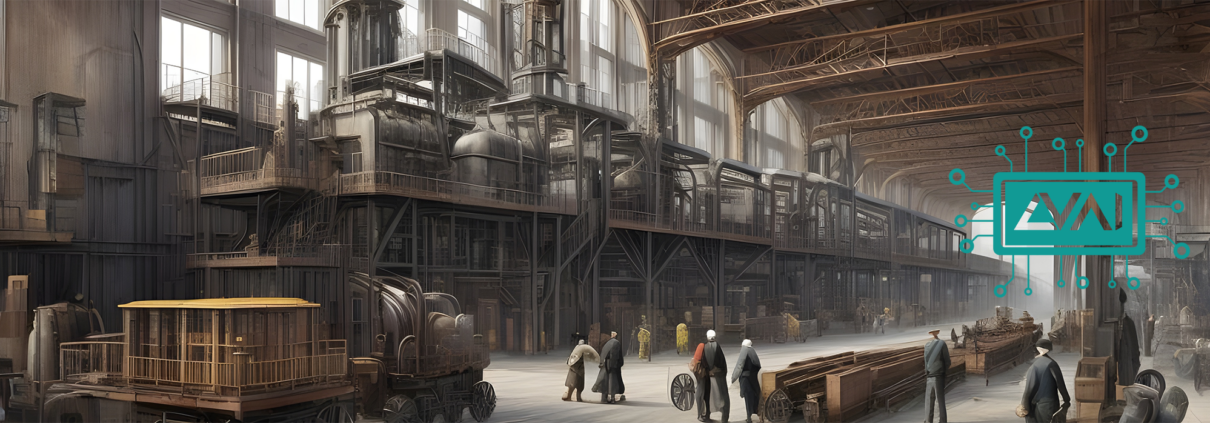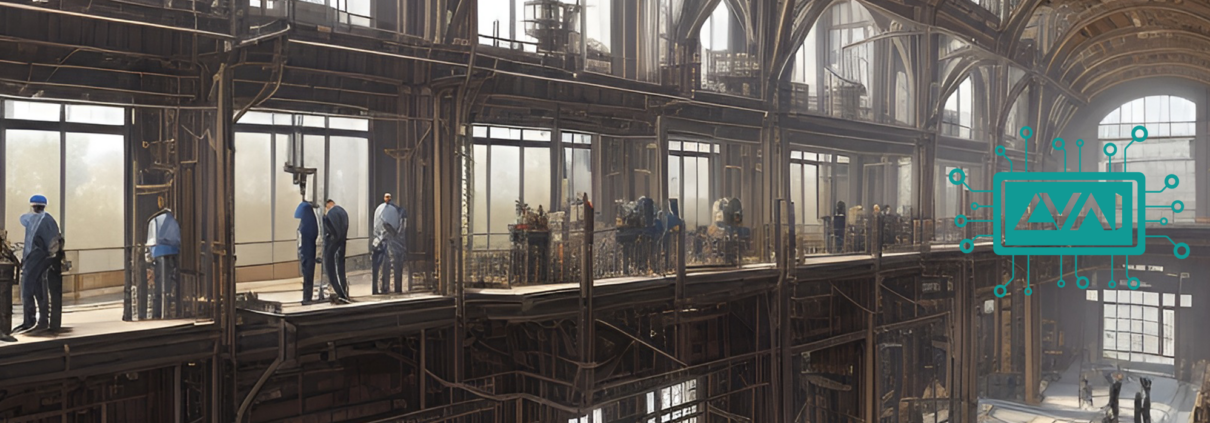Flanged butterfly valves are key players in controlling fluid. Known for their special design and connections, they’re a top pick in many industries. Let’s break down their main features, how they work, where they’re used, and why they’re awesome.
WHAT ARE FLANGED BUTTERFLY VALVES ?
These are a kind of butterfly valve, which are simple turn valves that control liquid or gas flow. Their special “flanged” ends make it easy to connect them securely to pipes using bolts. They come in different sizes and materials to fit different needs.
HOW DO THEY WORK ?
It’s pretty straightforward. Inside the valve is a disc. When you turn the valve 90 degrees, the disc either lets fluid pass or stops it. This turning is done by a part called an actuator.
WHERE ARE THEY USED ?
- Clean water systems
- HVAC setups
- Making chemicals
- Food and drink production
- Oil business
- Making medicines
- Treating wastewater
- Power plants
WHY ARE THEY COOL ?
- Size: They’re compact, so they fit tight spaces.
- Price: They give you good value for money.
- Speed: They act fast, which is great for systems that need quick changes.
- Efficiency: Their design means less pressure loss, making flows smoother.
- Easy to Handle: They’re simple to set up, use, and take care of. This means less hassle and cost in the long run.
CONCLUSION :
Flanged butterfly valves are big deals in fluid control. Their unique features and benefits make them a favorite. If you’re in the world of fluid control, knowing about these valves can help make your systems run better and smoother.




